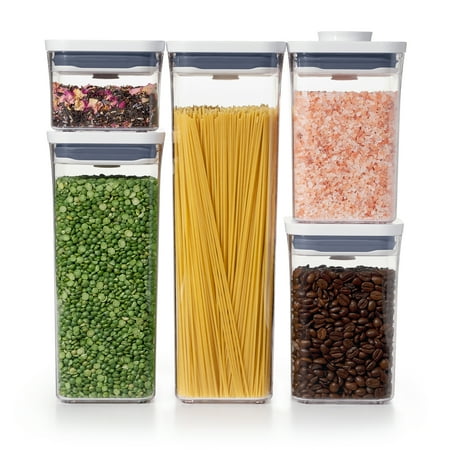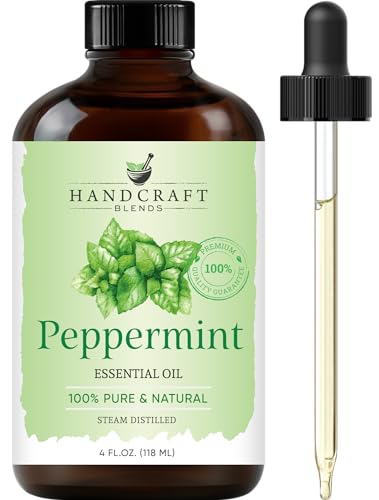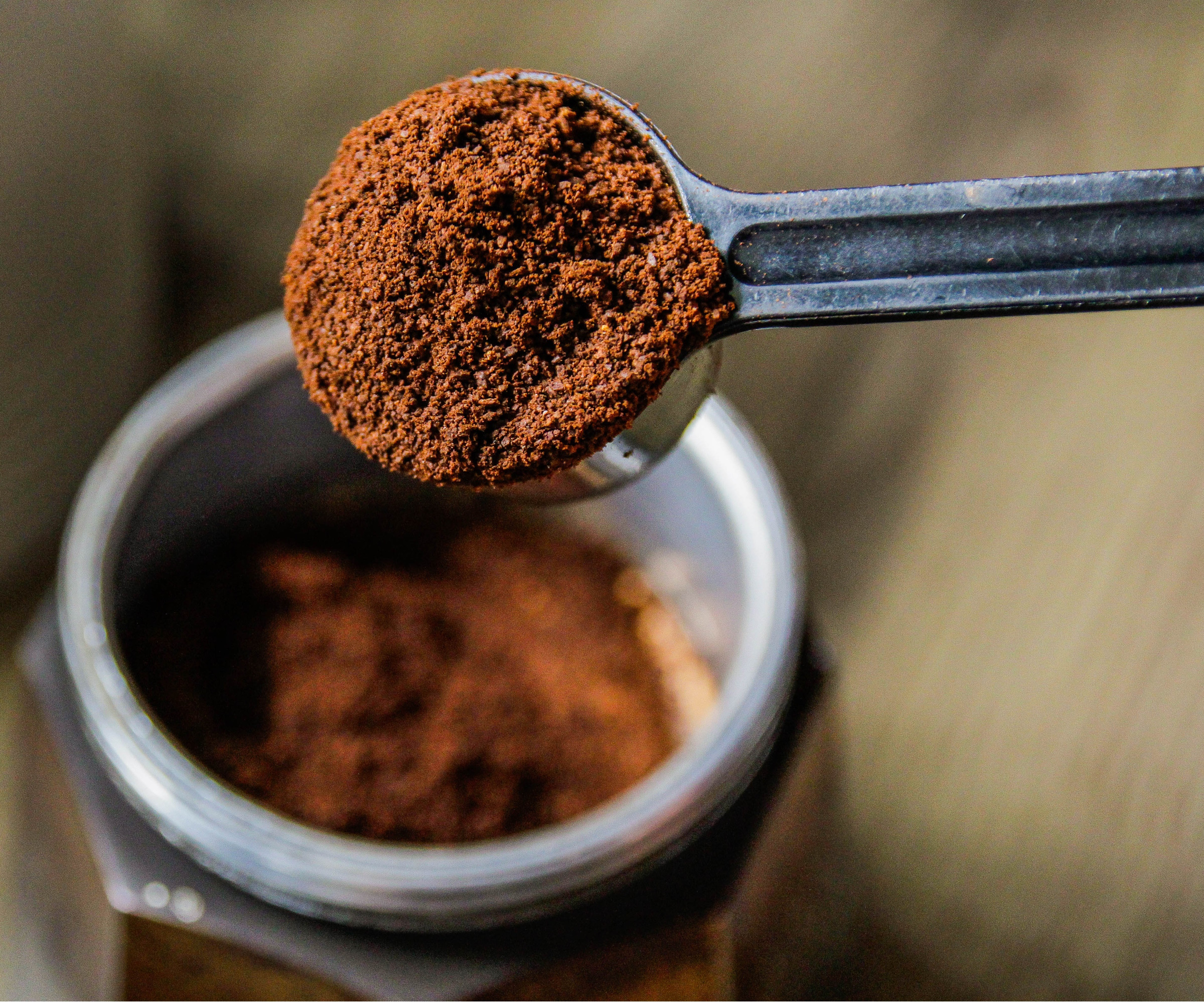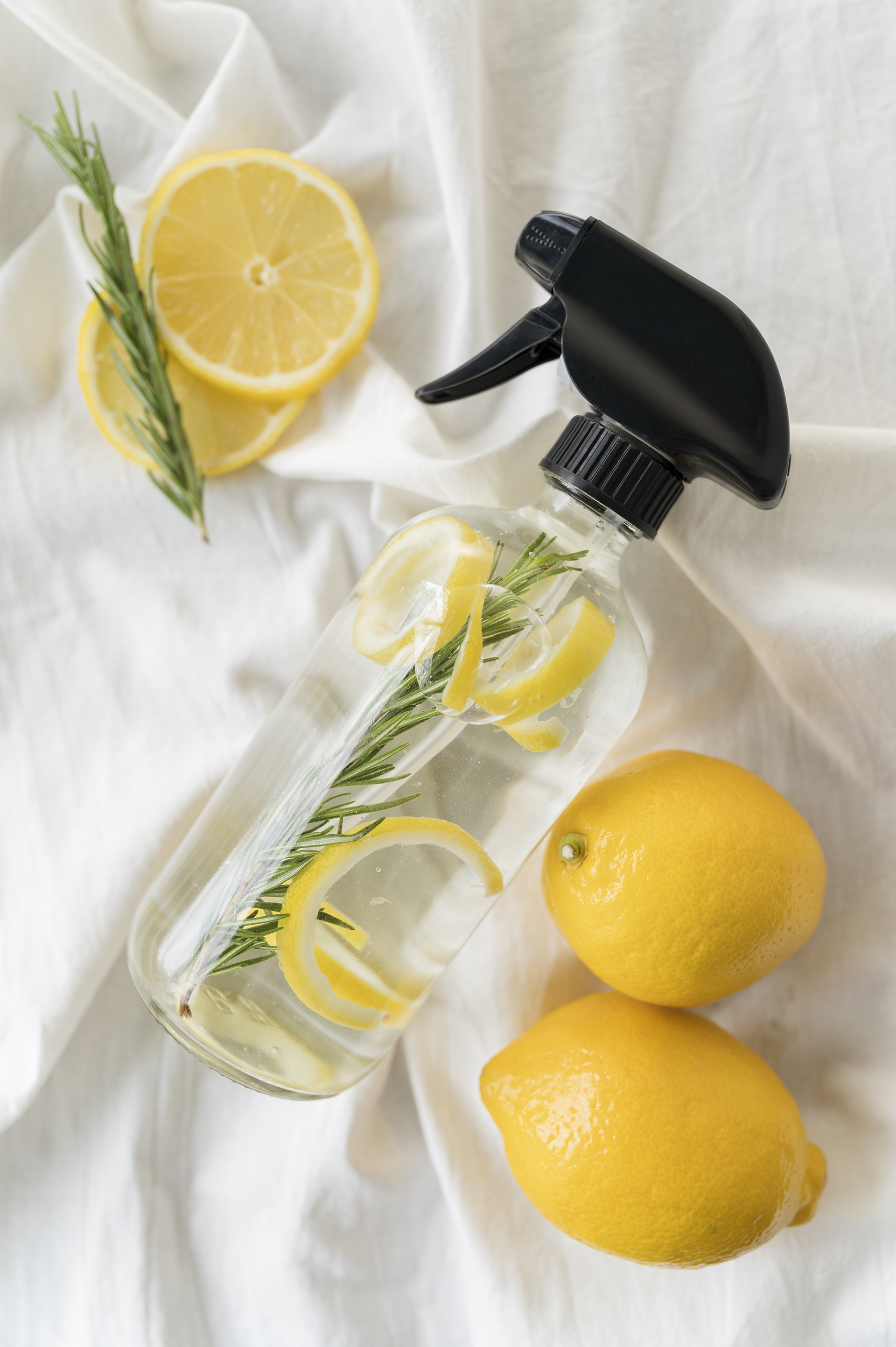
While it may be an unwelcome discovery, unfortunately a cockroach problem isn't an abnormal occurrence – and can happen in any home.
These speedy, opportunistic and hardcore survivalist pests are notoriously hard to catch and kill and multiply very quickly. That;s why pros say it's essential to know how to get rid of cockroaches and keep them out of your home for good, by removing attractants and blocking entrance points.
Once you have identified a common pest, it can often be tempting to resort to harsh pesticides and chemicals, particularly when getting rid of roaches. But, before calling a professional, there are natural, effective alternatives, which may just be the perfect solution.
How to get rid of cockroaches naturally
According to Natasha Wright, a certified entomologist and technical director at Braman Termite & Pest Elimination, the fight against cockroaches doesn’t need to involve harsh chemicals and toxins.
'Just as when you’re getting rid of fruit flies, the best cockroach deterrents may be hiding in your kitchen cabinet,' she says. 'From coffee grounds to keep bugs away to dish detergent, these cockroach repellents can help you deal with these pests naturally and permanently.'
So, here are eight natural methods that you can use to keep your household safe while effectively tackling any infestations.
1. Sugar and borax

‘Borax is effective for roach infestations because it will slowly dry the exoskeleton of the insects, affect their digestive system, and finally kill them,’ says certified entomologist Wright. The sugar attracts them, and the boric acid kills them.
Wright recommends mixing borax and sugar in a 3:1 ratio before spreading the homemade deterrent in the spots where you have noticed them or hotspots such as under sinks, behind appliances, and in dark corners.
We recommend using the 20 Mule Team All Natural Borax available at Amazon, which is unscented, and can also be used to remove soap scum, dirt, grease and grime from around your home.
Alternatively, you can make 'dough balls' made of boric acid, sugar, and flour. Mix them by combining equal amounts of the three ingredients to make dough balls around an inch in diameter. Sugar and flour are available at most food stores, as well as Walmart and Amazon.
Put them where you've seen the cockroaches; they will feed on them and be killed. Be careful, though, as it is really important to ensure that the balls are placed out of the way of pets and children.
You can also use boric acid, such as the Boric Acid Fine Powder available at Amazon to the same effect. 'Sprinkle small amounts of the mixture in the areas where you’ve seen cockroaches or you suspect they’re living, such as behind appliances in the kitchen, cabinets and near cracks in walls,' says Daniel Baldwin, board certified entomologist at Hawx Pest Control. 'Closely monitor the area over a few days to see whether the mixture has been effective and replenish if necessary.'
You can also use this method if you need to know how to get rid of termites naturally, how to keep crickets out of the house, or how to get rid of larder beetles. Really, this method will work on any small pest around the house, from ants to earwigs.
2. Make your home inhospitable

If you're wondering how to get rid of cockroaches from the kitchen, aim to remove attractants which may be bringing them in in the first place.
'The most natural way to get rid of roaches is just by starving them out and making your home as unpleasant and inhospitable a place as possible,' says Brett Bennett, director of operations at PURCOR Pest Solutions. 'Roaches thrive in areas that are damp, dark, and unattended, so making sure your under-sink areas and basement are cleaned up, dry, and regularly monitored is a good way to chase out roaches.
'Make sure food waste and debris is cleaned up in the kitchen as well.'
All prices were correct at the time of publication.

For a food storage solution that keeps food secure and pest-free, I swear by these OXO containers. They're stackable and space-efficient, and dishwasher-safe for easy cleaning.
3. Peppermint oil

Peppermint oil is one of the most celebrated pest control deterrents on the market, so it is unsurprising that this scent even garden pests hate, is also effective in curing cockroach infestations.
‘A peppermint oil spray can deter roaches in a non-toxic way and is safe to use around children,’ entomologist Wright says. She suggests making a homemade bug spray by mixing 15 drops of peppermint with 10 fluid oz of water in a spray bottle, such as the Equate 8 oz Plastic Spraybottle available at Walmart before spraying the formula around infested areas. We also recommend using peppermint oil to get rid of mice.
However, you should be careful using this method around pets, as peppermint oil can be harmful to cats and dogs.
It's worth knowing too that this needs reapplication as when the smell has dissipated – within a day or two – the averting impact will lift.

This peppermint oil is 100% pure and undiluted, making it even more effective at banishing bugs and other pests from your home. It's also of a premium grade and quality, with no fillers or additives.
4. Dish soap

If you already know how to remove coffee stains from your favorite fabric, you may already be aware of the power of dish soap – and it can be used to get rid of cockroaches, too.
‘A mixture of water and soap can suffocate and kill cockroaches and is especially effective against common German roaches,' says entomologist Wright. 'Mix four tablespoons of dish detergent in a liter of water and spray it where you’ve noticed activity.’
While you probably already have a bottle next to your sink, we recommend the Dawn Ultra Dish Soap Dishwashing Liquid available at Walmart as a great option for getting rid of roaches and cleaning your dishes alike.
I also use this dish soap solution for streak-free windows, adding white vinegar such as the Great Value Distilled White Vinegar available at Walmart, as an easy solution for a spotless shine.
If you spray it on the floor, be mindful dish soap can make the floor slippy so approach the area carefully.
5. Make a food bait trap

'This is a good option if the colony of insects has not yet had time to grow,' says Brendan Polichronopoulos, exterminator and pest control service professional at LocalProBook. This method should certainly never be used when dealing with a full-blown infestation, as you definitely don't want to attract more cockroaches into your home.
To begin with, you will need a deep jar or bowl, such as the Mainstays SS 3QT Multi-Use Mixing Bowl available at Walmart. 'Grease its inner surface with vegetable oil, such as the affordable Amazon Brand - Happy Belly Soybean Vegetable Oil available at Amazon, and put some sugar, honey, cookies, bread or fruit on the bottom,' continues Polichronopoulos. 'Having smelled the bait, the cockroach will get inside, but because of the fat, it will not be able to get out.'
You can also opt to use cardboard instead of a jar, and cover the internal sides with double-sided tape. 'Put something tasty in the centre,' says Polichronopoulos. 'This bait must be changed every three to four days, otherwise it will lose its aroma and stop attracting cockroaches.'
For added efficacy, add borax to your trap to easily kill the cockroaches, making them easier to remove from your home.
6. Diatomaceous earth

Another highly effective way to kill cockroaches is to sprinkle diatomaceous earth in areas where you've seen them or near places where they might be coming in, once you've worked out the ways insects are entering your home.
This substance, also known as DE, is derived from the fossilized remains of microscopic aquatic organisms, and while it is non-toxic to humans, it effectively kills cockroaches by dehydrating them. We recommend using the bestselling Harris Food Grade Organic Crawling Insect Killer Powder available at Walmart when trying this method.
This method usually takes about 12 hours to kill roaches, by which time they may have transferred some of the substance to their food, which other roaches might ingest. Thus, you are able to tackle more than one cockroach at a time.
You can mix diatomaceous earth with equal parts cocoa powder and flour to make it attractive to these pests, or mix diatomaceous earth with water and use it as a spray.
We recommend applying DE around baseboards or walls where roaches may travel frequently and directly on top of cracks and crevices where cockroaches hide during the day.
Reapply diatomaceous earth once a week for a full month and use it in strict compliance with the product label.
Do make sure you wear a mask to avoid inhalation of any powder that rises into the air when you lay it down. The key is not using too much as that will deter the cockroaches away from the area when what you want is to allow them in the area, and have the powder cling to their bodies.
7. Coffee grounds

You can also use leftover grounds from your best coffee maker to deter roaches – but not in the way you might initially expect. Cockroaches are attracted to the aroma of ground coffee – meaning it can create the perfect trap.
‘First, put the grounds in small paper cups,' says entomologist Wright, such as the RACETOP 3 oz Disposable Paper Cups available at Amazon. 'Then, place those cups in water-filled jars, then place the jar against walls or baseboards where you’ve seen bugs,’ she adds. 'The scent will lure the pests into the trap where they cannot escape, so you can dispose of the contents the following day.'
You can also use any leftover coffee grounds in your yard, just make sure you know where not to use coffee grounds in the garden.
8. Lemon juice

‘Lemons possess natural anti-pathogenic properties that keep roaches away,’ entomologist Wright explains. Sharing her cleaning tips to clean with lemon juice, the expert recommends adding two to three tablespoons of lemon juice, such as the 365 by Whole Foods Market Organic Lemon Juice available at Amazon, with a few gallons of water in a bucket before mixing and washing the problem areas with a mop in the solution.
Preventative measures
The best way to get rid of cockroaches permanently is to remove whatever is attracting them in the first place. They are known to be resilient and can adapt to various conditions. They hide in crevices during the day and are attracted by food sources left out in the open. So, it requires a little more than good housekeeping and knowing how to clean a kitchen:
- Empty the garbage regularly or keep it sealed: Cockroaches really aren't fussy about what they eat – they even eat the glue in books – and there's no nastier surprise than lifting the lid on the garbage to find them rooting about in it.
- Declutter: Roaches love hiding in cracks and crevices where it is dark, crumbs are often left, and they are unlikely to be disturbed, so adopting decluttering tips to remove any potential shelters that are encouraging them to take up camp in your home is an important step.
- Don't leave dishes in the sink: Roaches are always on the hunt for food and this is just as attractive to them as food left out on countertops (which needs to be put away in sealed containers, too).
- Don't leave uneaten pet food out: It attracts roaches and rodents, too especially in winter when their usual food sources become more sparse and adverse weather drives them indoors
- Vacuum the floors after meals: It's a pain, to be sure, but if you have a cockroach problem, even the crumbs from the floor of a meal you've just eaten or cooked are enough to keep them fed.
- Deprive them of water: Remember that sink full of water? Dripping bathroom faucets? Bowls of pet water? They're all great sources of water for thirsty cockroaches, too. 'Cockroaches are nocturnal creatures that prefer dark, warm, and humid environments,' says Richard Mullins from H20 Plumbing. 'They are excellent scavengers and can eat a wide range of food, from crumbs to organic matter.'
- Seal entry points to your home: This can be done using caulk and weatherstripping, such as the Gorilla Waterproof Caulk & Seal 100% Silicone Sealant available at Amazon.
FAQs
What does vinegar do to roaches?
'Vinegar is a natural solution often suggested for deterring cockroaches, primarily because of its strong odor,' says plumbing expert Mullins. 'While it might temporarily repel them, it's not a reliable method for getting rid of a cockroach infestation.
'Cockroaches are highly adaptable pests, and they can become accustomed to various scents over time. Plus, vinegar doesn't address the root causes of the infestation, such as food and water sources.'
You can, however, effectively clean with vinegar, and you can use vinegar to kill mold, too.
Is cockroach gel effective?
Cockroach gel is a treatment that contains insecticide, bait, and fatty substances, including many of the household items that can be used to attract and kill this pest, including brown sugar, honey, boric acid, and others.
'I would definitely recommend Advion Cockroach Gel Bait available at Amazon, for getting rid of roaches, or preferably as part of a more intensive roach control strategy for your home,' says pest control expert Bennett.
'Essentially, Advion works as a bait that, once ingested by the roaches, will kill them within a couple of days. This is a slow-killing agent because its primary function is as a bait roaches will take with them back to their nests and, therefore, spread it around and kill many more bugs than just the initial "finder." You only really need to use Advion in the form of small dots of gel you can place around common areas where you've seen roaches or around the entrance to nests you're aware of.'
If you need to know which insects cause holes in clothes, unfortunately cockroaches are one of them, but using gel around (not inside) your closet can keep them at bay.
Where do roaches hide in the home?
'When trying to get rid of cockroaches, you must be persistent and thorough,' says plumbing expert Mullins. 'Address not only the visible pests but also their hiding places and potential food and water sources. Regular cleaning, sealing entry points, fixing leaks, and using appropriate pest control methods are key to successfully eradicating cockroach infestations and preventing their return.'
The biggest factors roaches look for in a place to hide in your home are darkness, lack of frequent foot traffic, and moisture. As a result, these are the most likely places you will find them hiding:
- Kitchens and bathrooms: Roaches gravitate towards moisture and food, so it should come as no surprise that spaces often have standing water and high humidity, and food sources are attractive to these pests. They commonly hide under sinks, behind appliances like refrigerators and stoves, and inside cabinets.
- Basements and attics: These areas often provide the dark, undisturbed environments roaches prefer. In homes with clutter or stored items, roaches can hide in cardboard boxes (they are attracted to adhesive products, which is why you may find them hiding in cardboard boxes), around water heaters, and in the insulation.
- Furniture and electronics: You may find roaches hiding in unexpected places like furniture and electronic devices. They often seek out the warmth of electronic devices, hiding inside televisions, game consoles, and power strips. They are also attracted to furniture since they may readily locate food sources in leftovers or crumbs and can easily fit through the sofa's cracks because of their flat, slender bodies.
- Nooks and crannies: Gaps and holes in your home are great hiding places for cockroaches. These can include the corners where you've allowed the recycling to accumulate, the backs of picture frames, and your baseboards and trim. Roaches also like to hide in cracks and crevices around countertops and baseboards.
- Dark places: Roaches hide in dark places – anywhere from in drawers, cabinets, and drains to behind objects and underneath furniture will be attractive to them. That’s why those with roach problems might often find that when they turn on the lights in a room, they can see roaches scurry away to unseen spots.
Prepare for colder weather by getting clued up on common winter pest infestations to keep an eye out for.







